Software Engineering Methodologies
Software Architecture
Michael L. Collard, Ph.D.
Department of Computer Science, The University of Akron
System/Subsystem Design
System Decomposition
- subsystem provides a set of services to the system. A set of related operations that share a common purpose.
- subsystem interface set of services available to other systems.
- The Application Programmer Interface (API) includes the names of operations, parameters/types, and return types.
- System Design focuses on defining services
System/Subsystem Model
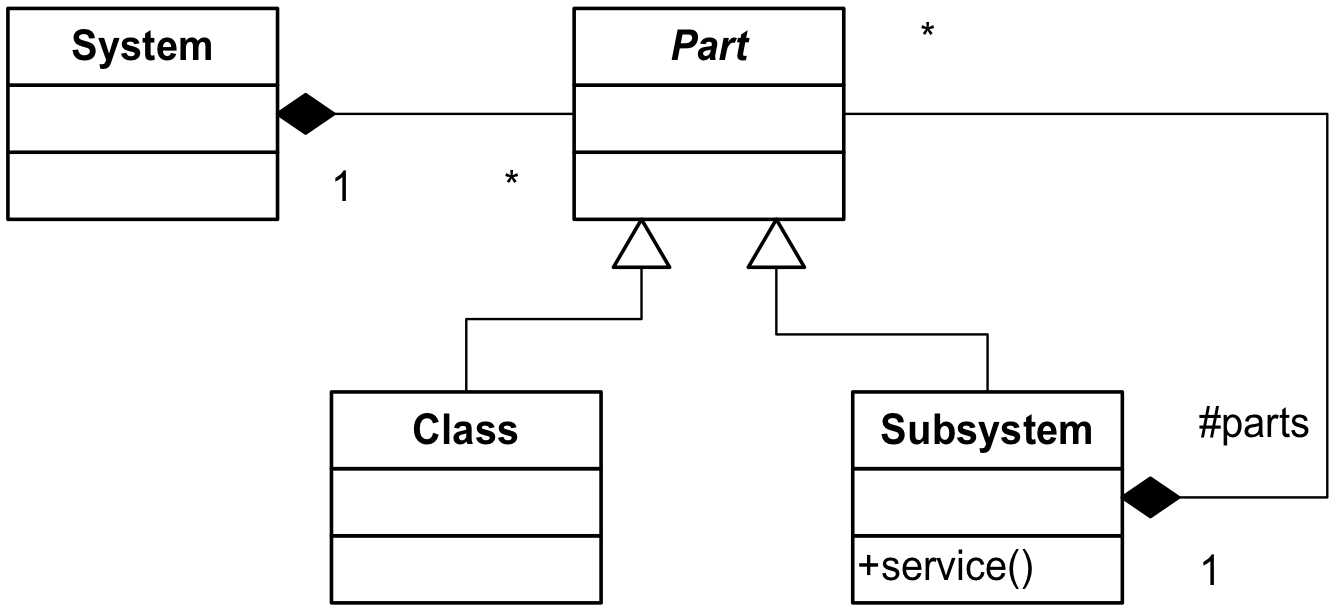
Architectural Style
An architectural style defines a family of systems in terms of a pattern of structural organization of components and connectors
- components, e.g., client, server, DB
- connectors e.g., procedure call, pipe, event broadcast
- Style consists of:
- vocabulary of components and connectors
- constraints on how they are combined
Common Architectural Styles
- Dataflow Systems: Pipe and Filter, Batch Sequential
- Virtual Machines: Rule-based Systems, Interpreters
- Repository: Databases, Hypertext Systems, Blackboards
- Independent Components: Peer-to-Peer, Client Server, Model/View/Controller, Event Driven
- Call and Return Systems: Main Program and Subroutines, Layered Systems, Object-Oriented Systems
Pipe and Filter Architecture
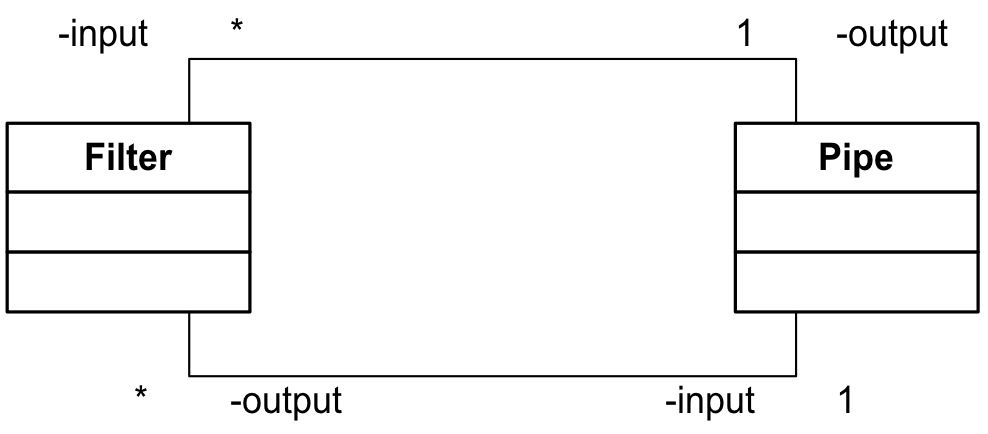
- Subsystems are called filters and associations between the filters are called pipes
- Filters only know the content and format of data being received and produced; nothing about the other filters in the system
- Filters execute concurrently with synchronization via pipes
- Very reconfigurable
- Transformational systems
Pipe and Filter Examples
Batch Sequential Architecture
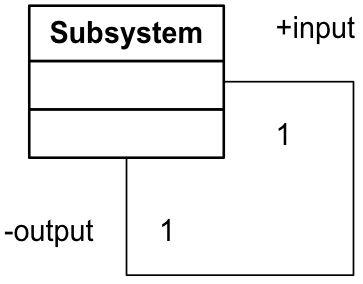
- Small number of large stand-alone subsystems
- Must be executed in a fixed sequential ordering (batch)
- Typically work on large flat files, transforming the file into a new file format or changing the existing data so the next subsystem can work on the data
- The shared file causes the subsystems to be tightly coupled
- No real-time feedback, no concurrency
Batch Sequential Model


Layered Architecture
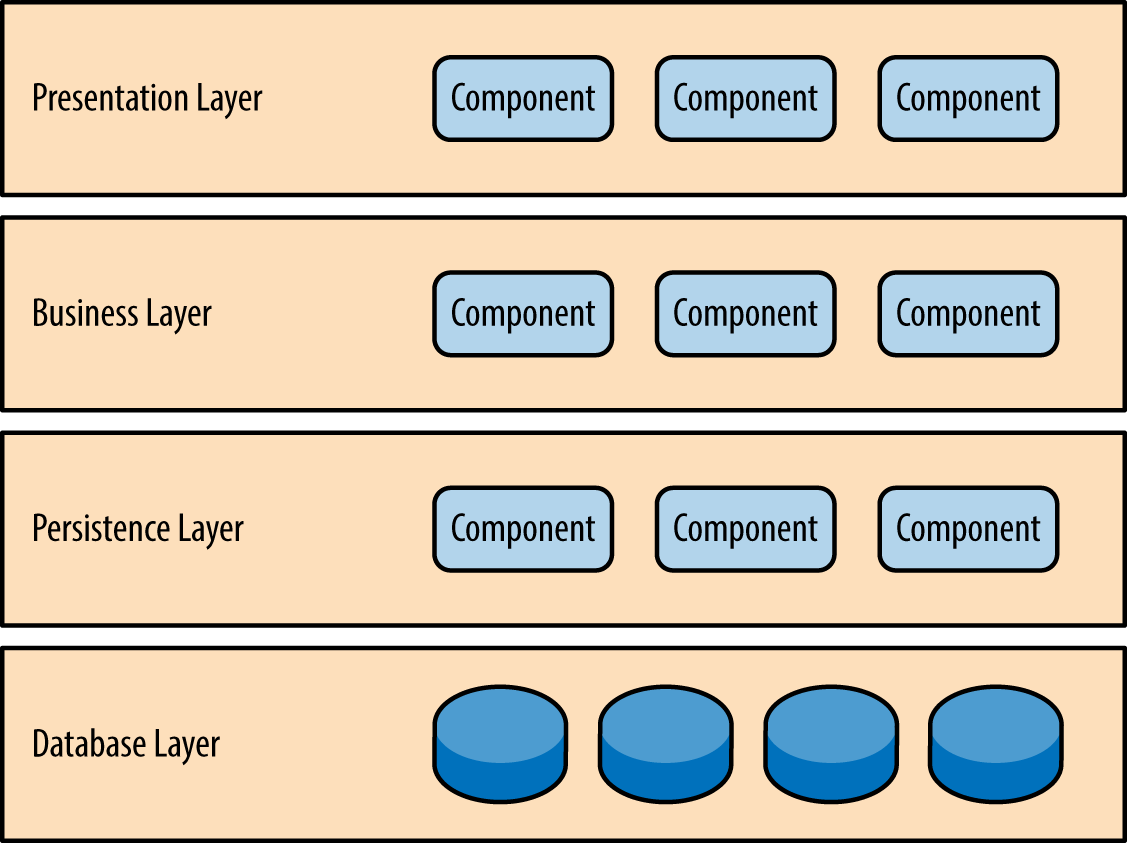
- AKA, n-tiered architecture
- Hierarchical decomposition of a system into subsystems (layers), with each providing a higher level of services implemented using lower-level subsystems
Closed Layered Architecture
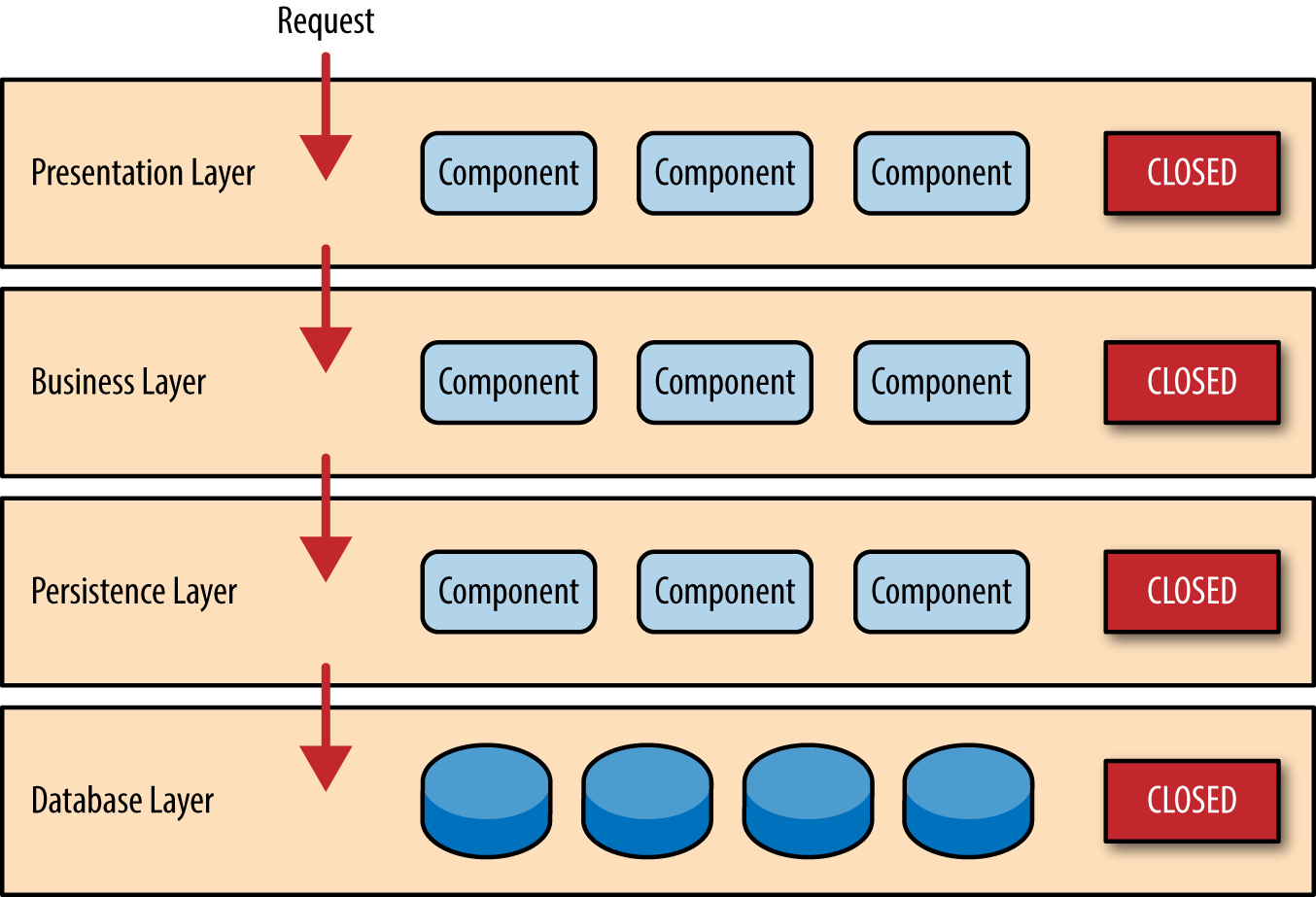
- closed architecture each layer can only depend on the layer immediately below
Closed Layered Architecture
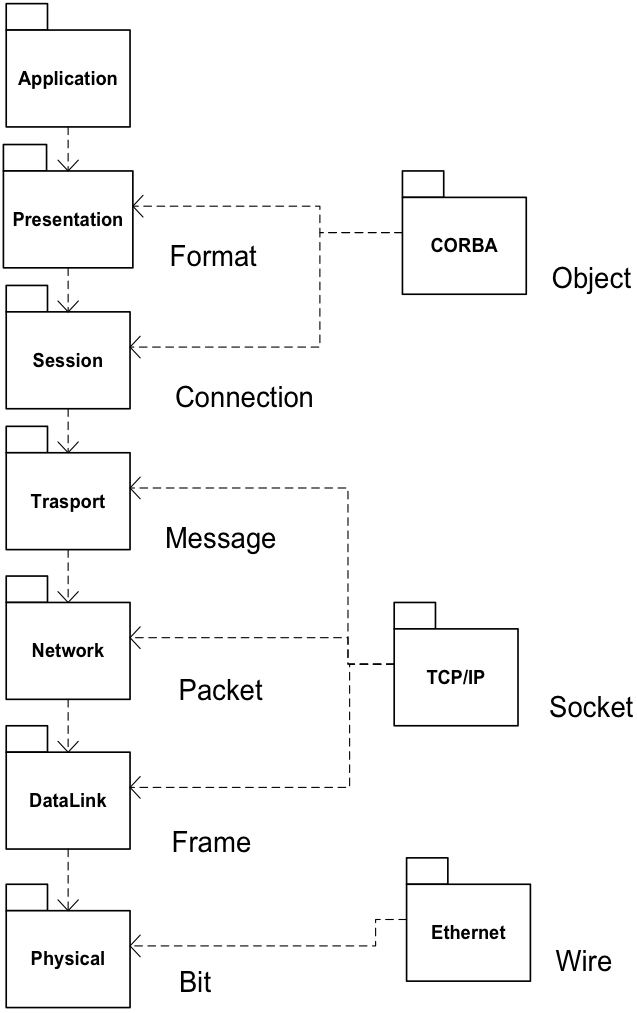 OSI Network Model
OSI Network Model
Open Layered Architecture
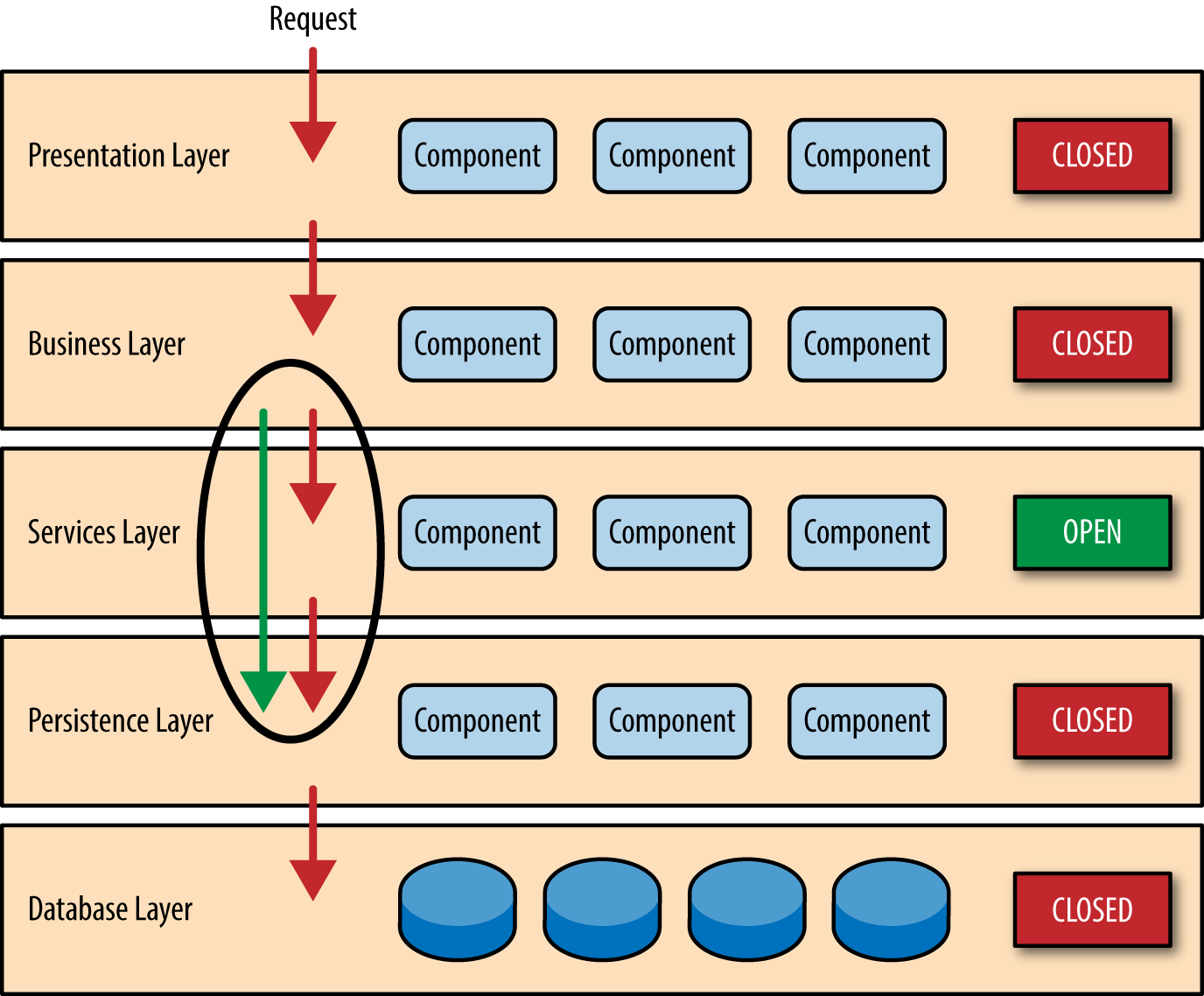
Open Layered Architecture
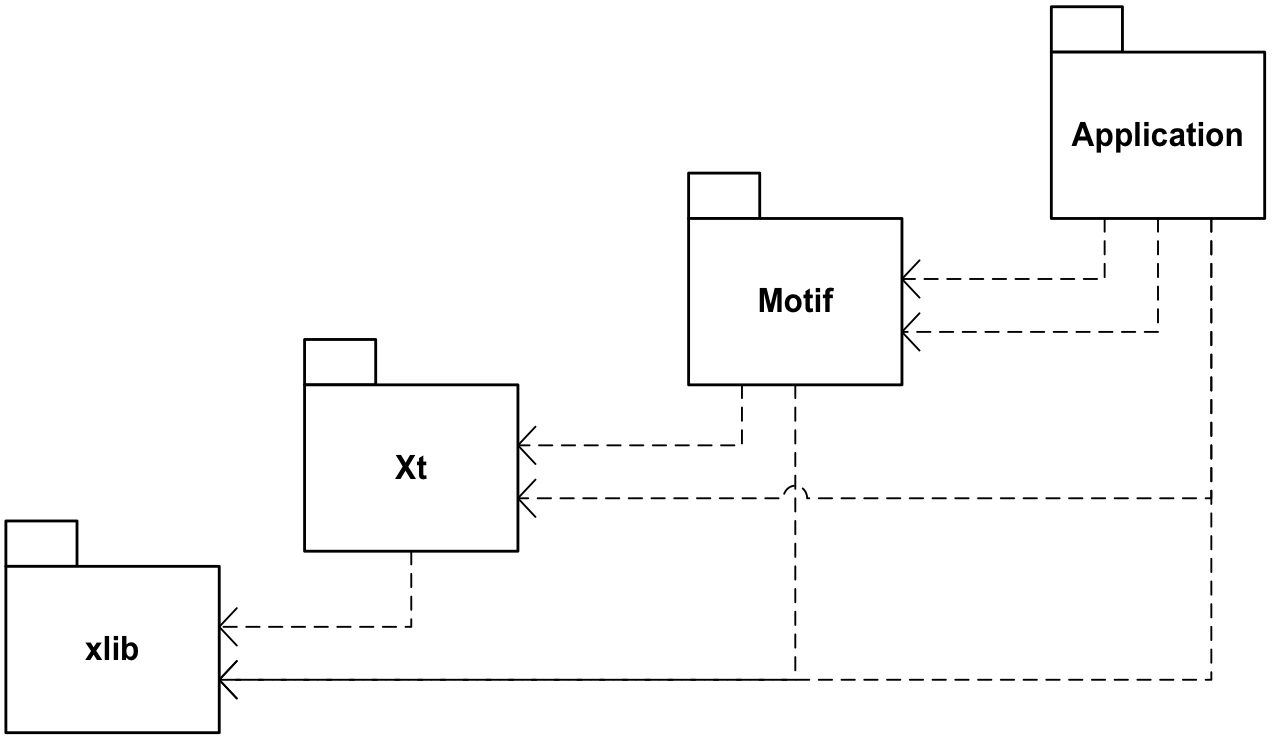 Motif Library
Motif Library
Layered Architecture Analysis
| Characteristic | Rating |
|---|---|
| Overall Agility | Low |
| Ease of Deployment | Low |
| Testability | High |
| Performance | Low |
| Scalability | High |
| Ease of Development | High |
Repository Architecture
- Subsystems are independent and interact with a central repository
- Examples: Payroll or banking system, Modern IDE/Compiler, Blackboard
Repository: IDE
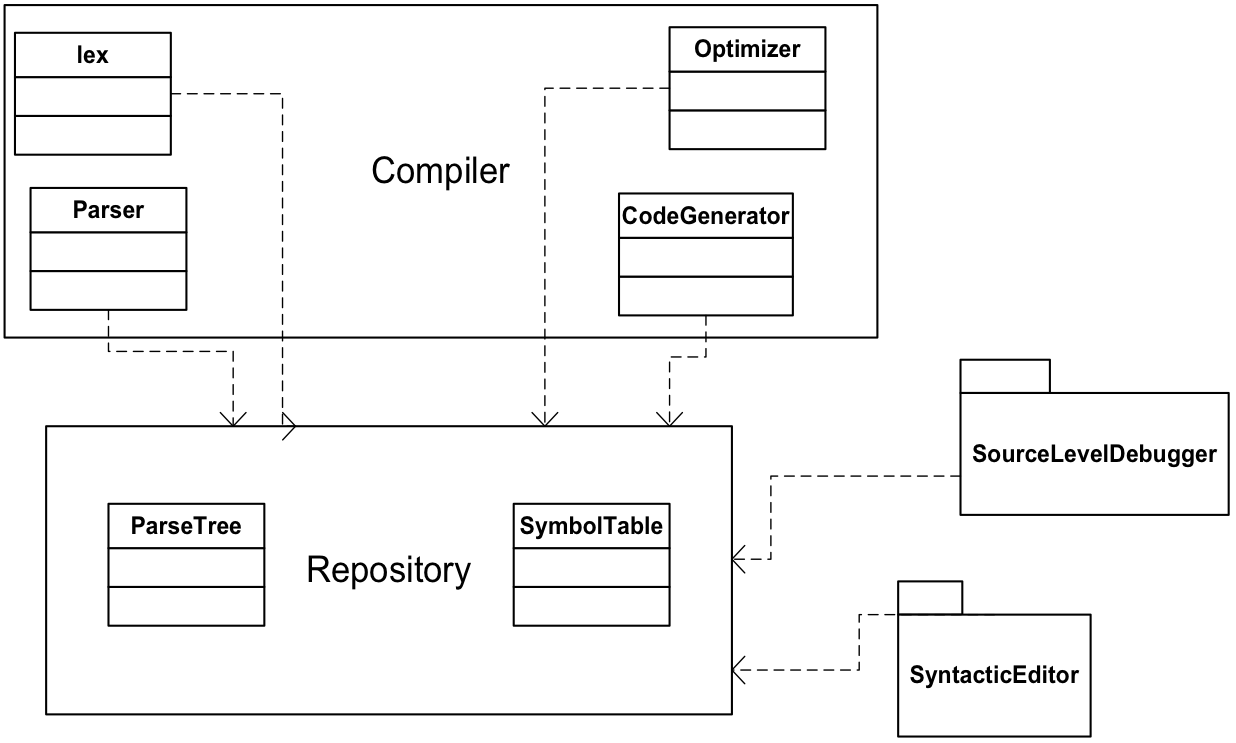
Model/View/Controller
- Subsystem: model responsible for maintaining domain knowledge
- Subsystem: view displaying knowledge to the user
- Subsystem: controller manage the interactions with the user
- Model subsystems do not depend on view or controllers.
- Changes in model state propagate via a subscribe-notify protocol
- Examples: File system, database
Client/Server Architecture
- Subsystem: Server provides one or more services to instances of clients
- Subsystem: Clients ask for services, and clients interact with users
- An information system with a central DB is an example
- Web servers (multiple servers)
Peer-to-Peer Architecture
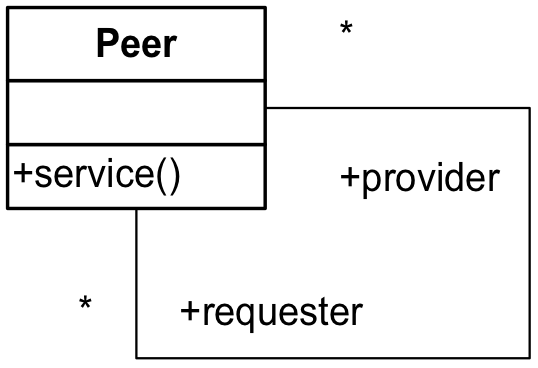
- Generalization of client/server: clients can be servers and vice versa
- The control flow of each subsystem is independent of others except for the synchronization of requests.
Virtual Machine Architecture
Process Control Architecture
Event-Driven Architecture
Event-Driven Architecture: Mediator Topology
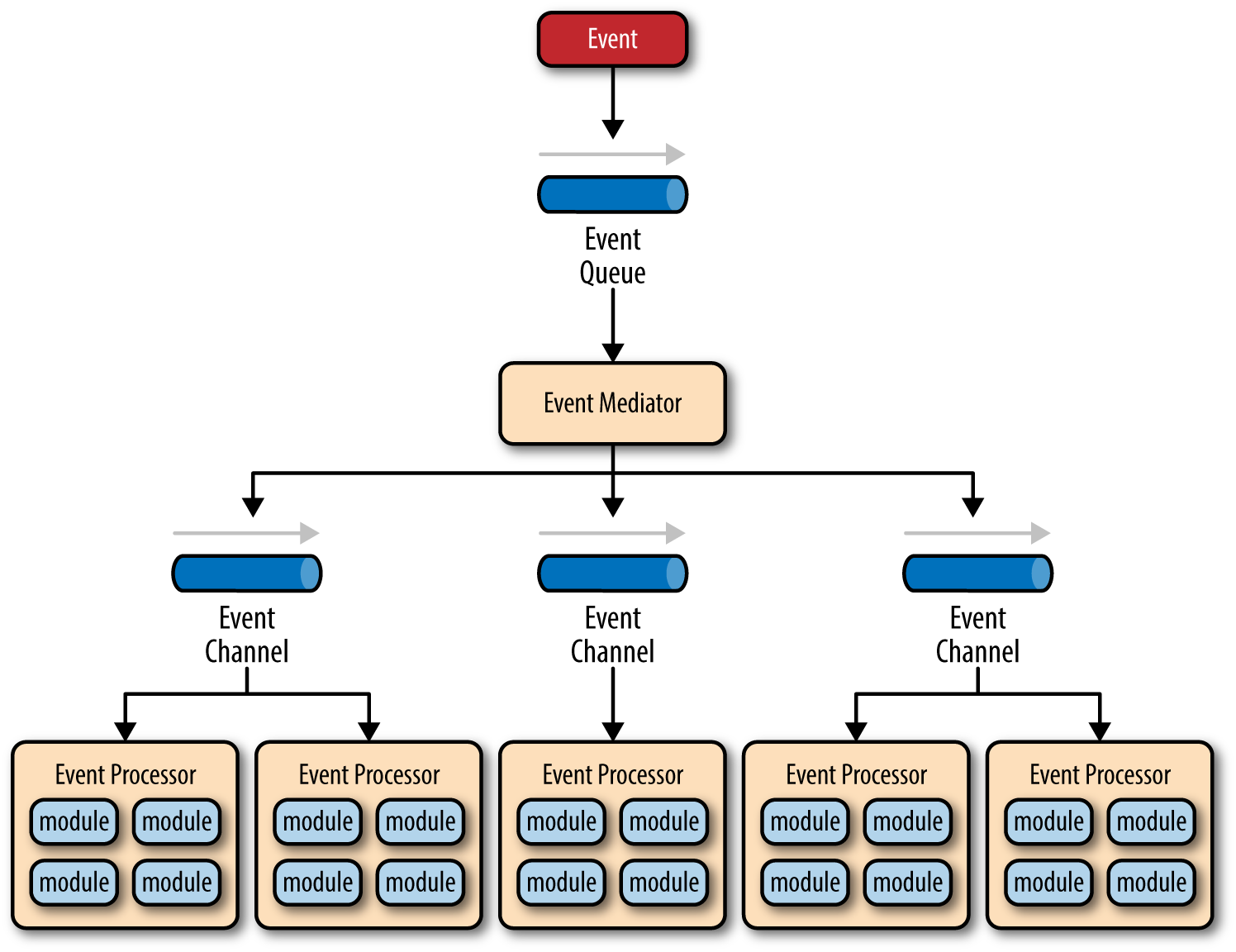
Event-Driven Architecture: Mediator Topology
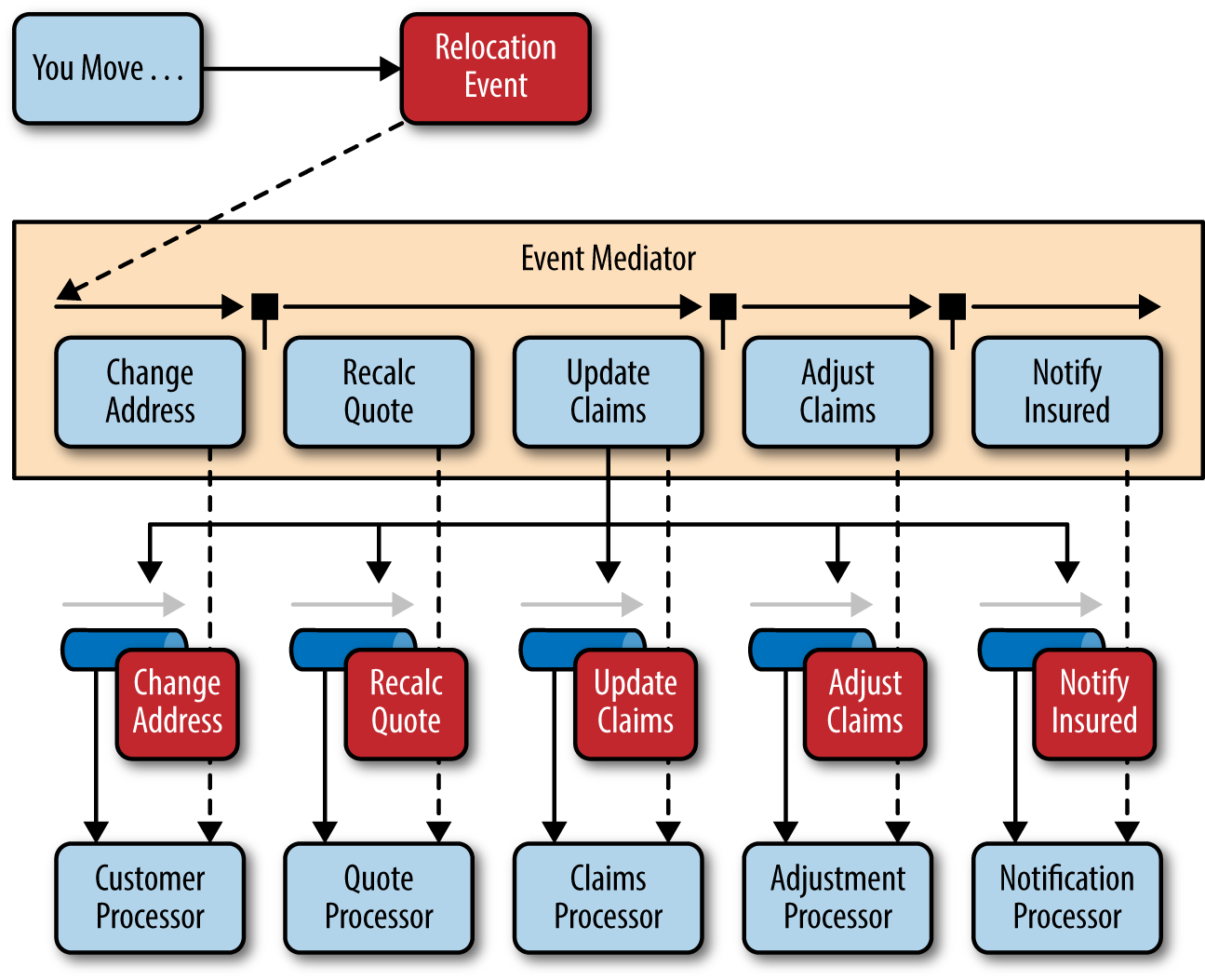
Event-Driven Architecture: Broker Topology
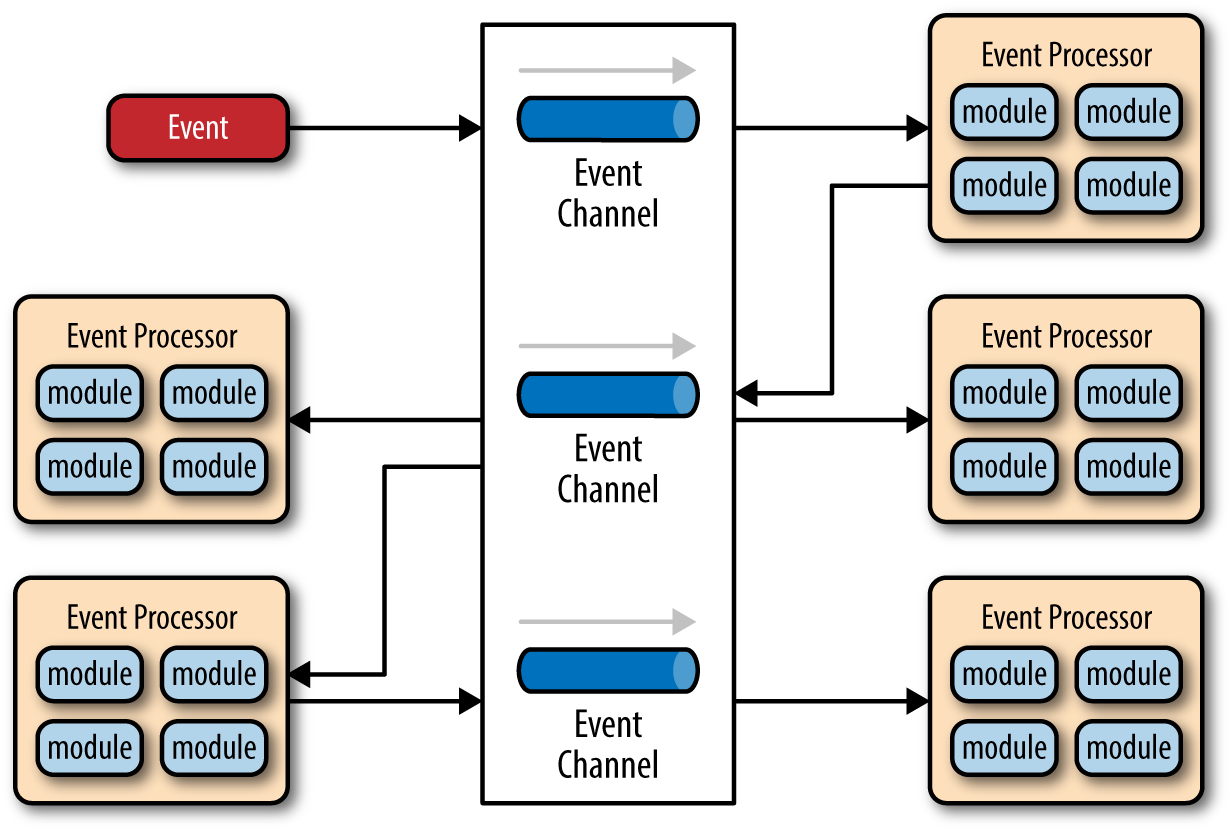
Event-Driven Architecture Analysis
| Characteristic | Rating |
|---|---|
| Overall Agility | High |
| Ease of Deployment | High |
| Testability | Low |
| Performance | High |
| Scalability | High |
| Ease of Development | Low |
Microkernel Architecture

- AKA, Plug-In
- Component: Core system
- Component: plug-in modules
Microkernel Architecture
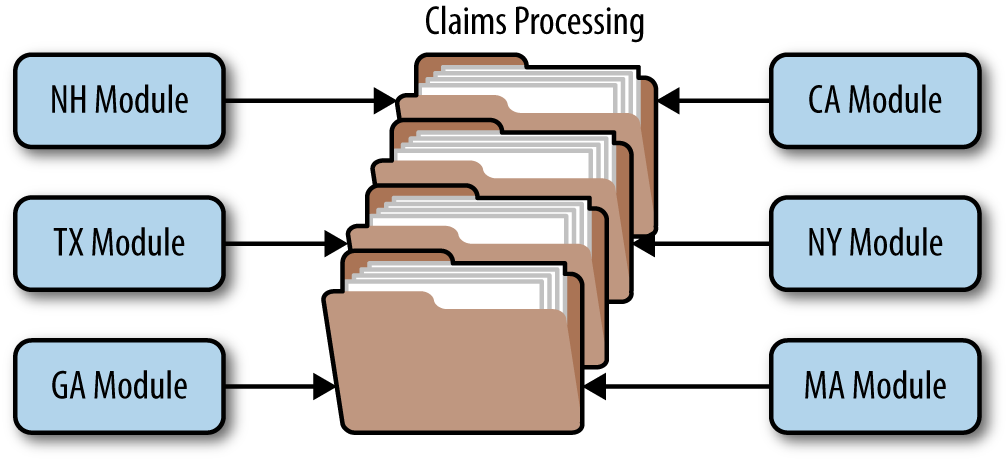
Microkernel Architecture Analysis
| Characteristic | Rating |
|---|---|
| Overall Agility | High |
| Ease of Deployment | High |
| Testability | High |
| Performance | High |
| Scalability | Low |
| Ease of Development | Low |

